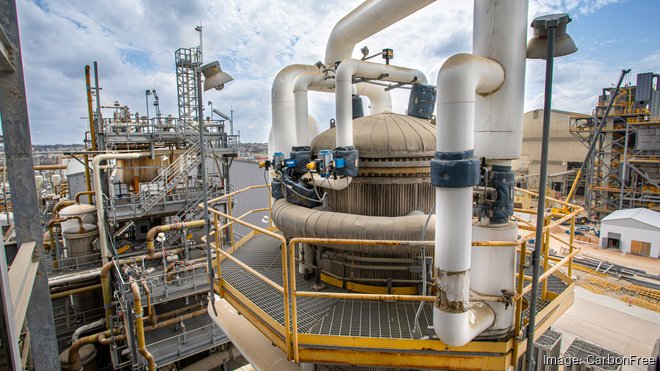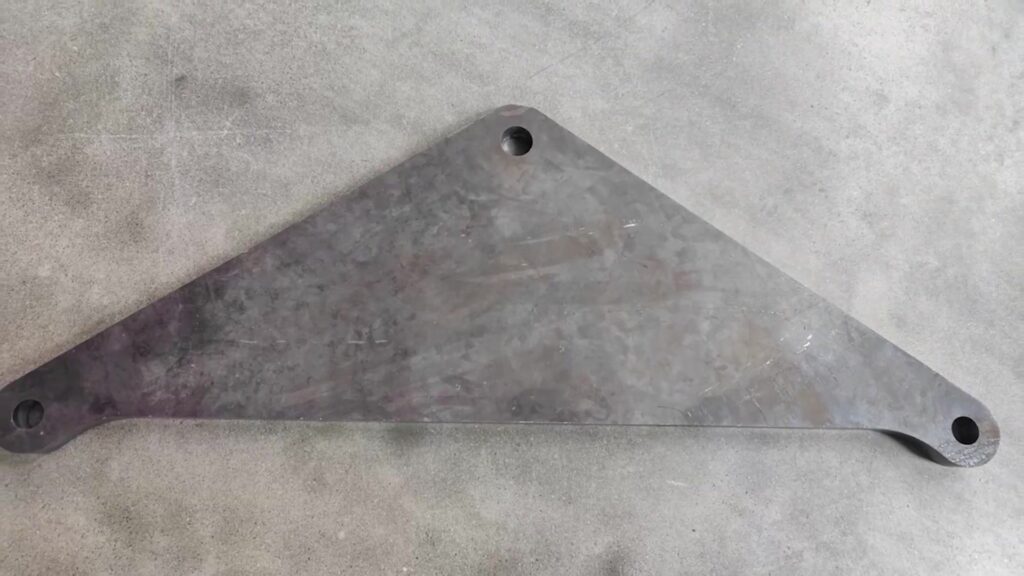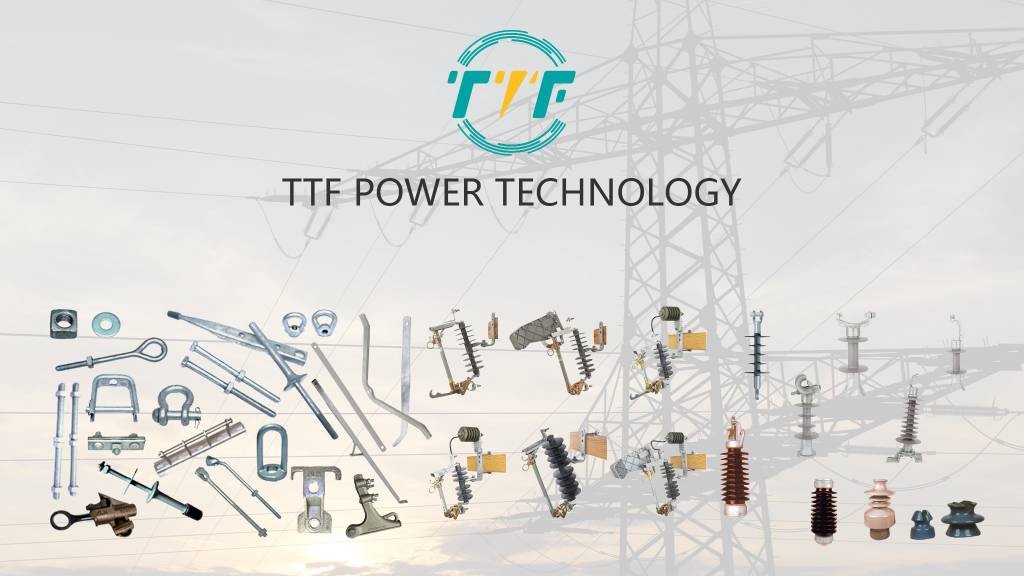
Argentina is growing its mining operations, particularly in lithium, copper, and shale gas, and establishing itself as a vital player in the global energy shift. Lithium mining is expanding due to rising demand for lithium-ion batteries used in electric vehicles and renewable energy storage systems. It is also revitalizing its copper sector to capitalize on enormous untapped reserves. These are critical activities as worldwide demand for copper for electrical infrastructure continues to rise. The expansion of mining activities demands significant energy inputs to power operations. Increased demand drives investments in energy infrastructure and diversification of energy sources. Argentina is likewise incorporating renewable energy into its grid. It plans to generate 20% of its electricity from renewable sources by 2025. Yoke plates ensure the structural integrity, stability, and safety of earth anchor systems. These plates ensure the anchors perform reliably in harsh and unstable environments.
Yoke plates use stress from rock bolts and cable anchors to help stabilize steep slopes. They also prevent rockfalls in seismically active areas. High-quality yoke plates help to hold walls surrounding evaporation ponds using grouted anchors. Anchor systems with high-capacity yoke plates protect dam walls from hydrostatic pressure from stored slurry and seismic changes. Yoke plates secure Swellex bolts or resin-grouted cables, preventing ceiling collapses in tunnels and shafts. Helical anchor systems for crushers, conveyors, and drills rely on yoke plates to transfer dynamic loads from vibrating gear. They also safeguard access roads, pipelines, and processing facilities in the Vaca Muerta shale formation. The use of galvanized or stainless steel yoke plates aids in the resistance to saline environments in lithium operations.
Expanding energy and mining activities with yoke plates
A yoke plate is a steel connecting component that distributes tension forces in structural and geotechnical anchoring systems. It has a flat, steel plate with several holes for bolts or shackles. It also includes connections for wire ropes, tension rods, and anchor tendons. Yoke plates are essential in energy and mining operations to ensure safer infrastructure, improved dam and slope stability, and speedier construction and equipment deployment. They enable more rapid, safe, and adaptive development across complicated geographies. The functions of yoke plates in the expansion of Argentina’s energy and mining operations are discussed below.

- Enabling high-voltage power transmission to mining sites—most of Argentina’s key mining projects need large-scale electrical supply for operations. Using yoke plates helps deliver power from hydroelectric, thermal, or renewable sources to remote mining regions. They help stabilize multi-conductor transmission systems to allow higher voltage levels. For instance, the InterAndes transmission line connects Argentina with Chile to support cross-border power trade.
- Supporting renewable energy infrastructure for mining—Argentina is integrating solar farms and wind farms into its energy mix to power mining operations sustainably. Yoke plates aid in connecting wind turbines and solar plants to the electrical grid. Using renewables in mining helps reduce the carbon footprint.
- Enhancing electrical grid stability—mining operations need uninterrupted electricity for processing plants, pumping systems, and heavy machinery. Yoke plates prevent conductor swaying and mechanical stress. This is crucial to reduce the risk of power outages due to extreme weather.
The importance of innovation in Argentina’s energy and mining expansion
Argentina’s rapidly expanding energy and mining operations rely heavily on startups and innovations. The country is also expanding its energy mix by incorporating renewables, tech-driven enterprises, and innovative solutions. This is vital as Argentina steps up its ambitions to become a global supplier of critical minerals such as lithium and copper. The following are the roles of innovation in Argentina’s energy and mining sectors.

- Efficiency through automation and AI—startups are adopting automation, machine learning, and AI-driven platforms to streamline operations in mining and energy. There are innovations such as predictive maintenance, AI-powered exploration tools, and drones and remote sensing tech. They improve mine mapping, identify mineral deposits, and reduce costly downtimes.
- Innovation in lithium extraction technologies—innovation in extraction methods is crucial to increase mining output. Innovations are driving the use of direct lithium extraction (DLE) technologies to reduce water consumption and shorten production cycles.
- Decentralized energy and blockchain applications—innovative platforms enable peer-to-peer energy trading and real-time tracking of electricity consumption. For instance, blockchain firms are working with mining exporters to create green mineral certifications.
- Environmental monitoring—startups introduce IoT sensors and remote monitoring tools to help mining companies follow strict environmental and safety regulations.